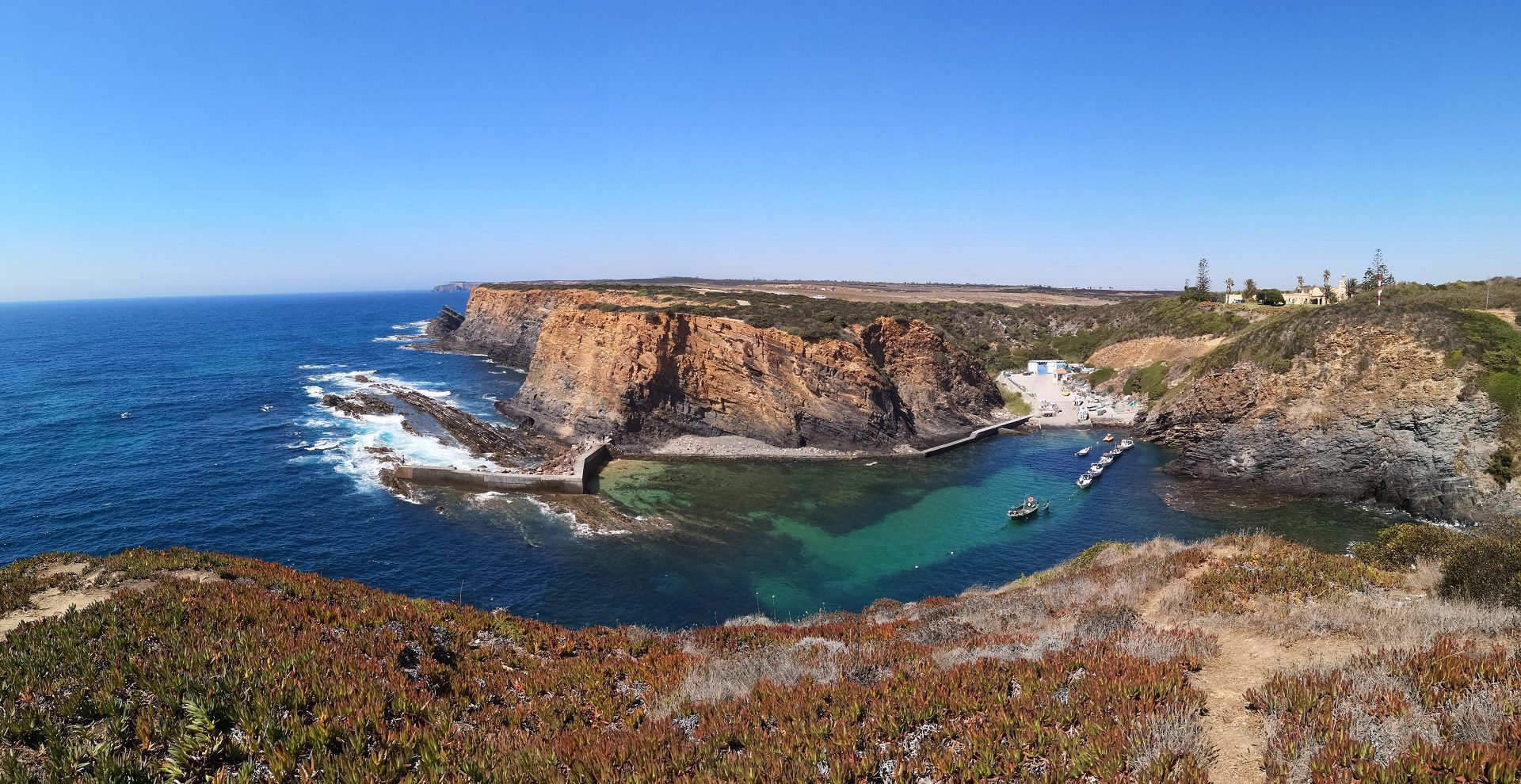Em Manutenção.
O nosso site está temporariamente em manutenção. Volta dentro de alguns dias!
Poderá contactar-nos através do email info@genuineportugaltours.com

O nosso site está temporariamente em manutenção. Volta dentro de alguns dias!
Poderá contactar-nos através do email info@genuineportugaltours.com
